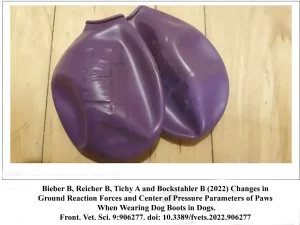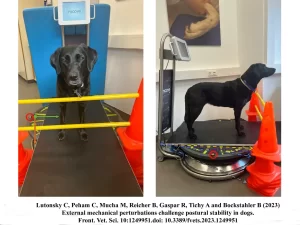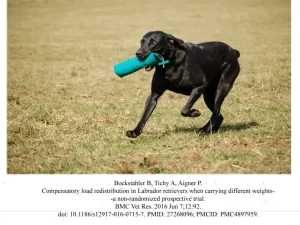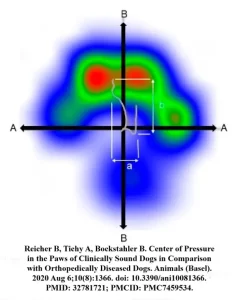
Congress "Biomechanics of the dog and their importance for rehabilitation
On 11th October 2025 we organized a congress "Biomechanics of the dog and their importance for rehabilitation" in the Floret congress centre in Průhonice near Prague with

On 11th October 2025 we organized a congress "Biomechanics of the dog and their importance for rehabilitation" in the Floret congress centre in Průhonice near Prague with

Walking at the feet with the handler watching is a command that is taught to competition and working dogs in obedience. Unlike other dog sports, the

Dog boots are commonly used as protective footwear against snow, ice, hot sand, road salt and paw injuries. In veterinary medicine, there are only a few

The aim of this study was to investigate the effect of external mechanical forces on postural stability (PS) in dogs using the centre of gravity (COP). Thirteen

A retriever is a dog bred specifically to retrieve birds or other small game. are usually sent to the scene where a shot animal has fallen, or to search
Obstacle walking is a widely used physiotherapy exercise in dogs. Current research is limited to the effect of this exercise on kinematics and muscle activation in
Canine hip dysplasia is a multifactorial disease characterized by hip laxity and osteoarthritis. Early diagnosis of hip laxity is an important topic in orthopaedics
Canine hip dysplasia (HDD) is a common orthopaedic disease. Due to the importance of the hip in affected dogs, both clinically and for

Sloping or slippery surfaces and various other types of obstacles are a normal part of our environment. Dogs with mobility problems may have difficulty coping with uneven

Center of Pressure (COP) analysis is an important tool that allows conclusions to be drawn about the patient's body balance. This balance can be altered